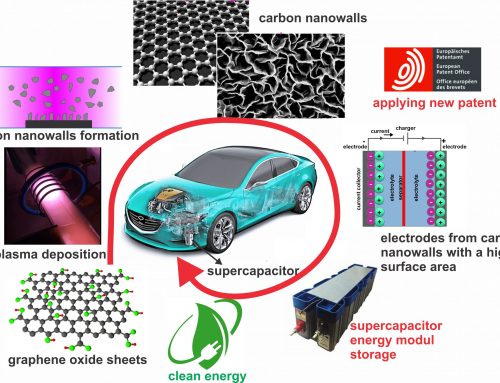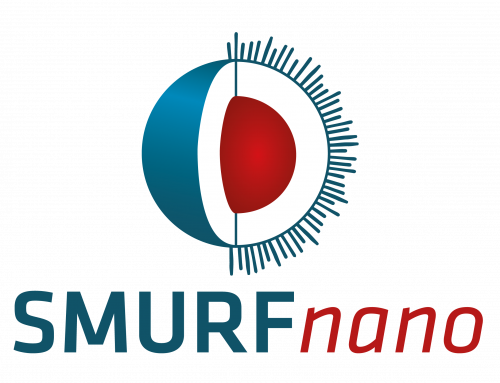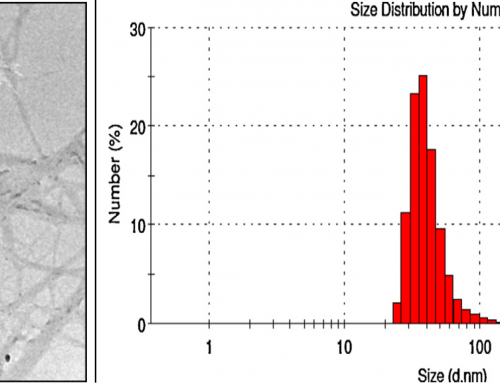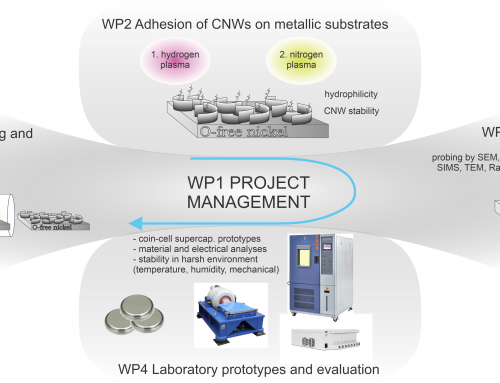Heterogeneous surface recombination of neutral reactive plasma species on nanostructured materials (Z2-7059)
Project leader: Dr Gregor Primc (Jozef Stefan Institute)
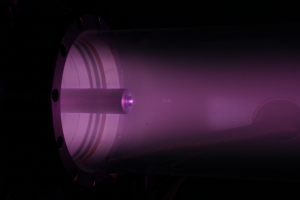
Heterogeneous surface recombination of neutral oxygen and hydrogen atoms on advanced nanostructured materials suitable for the catalyst tips of laser-driven catalytic sensors will be studied experimentally. The existing experimental reactor will be equipped with a couple of atom sources employing microwave discharges in the surfatron mode, a movable copper mesh for adjusting the atom density independently from discharge parameters and a system for measuring the recombination coefficients using the Smith’s configuration. Nanostructured materials whose recombination activities are supposed to be superior will be prepared either by anodic oxidation or by plasma synthesis of metal oxide nanostructures according to our original method. Apart from nanotubes and nanowires of high aspect ratio, two dimensional nanowalls of metal oxides will be synthesized as well and their stability upon treatment with neutral O- and H-atoms at elevated temperatures will be studied. The recombination coefficients for oxygen atoms for iron, copper, nickel, titanium and palladium oxides will be determined systematically at different temperatures from room temperature to about 1000 K at different fluxes of neutral atoms onto the nanostructured catalysts. The density of atoms in the vicinity of the catalyst will be adjusted by placing a copper mesh at different distances from the catalyst. Any pressure dependence of the recombination coefficient will be determined from measurements at different pressures from about 10 Pa to 1000 Pa and at constant atom density. The constant atom density will be adjusted independently from atom density in the microwave plasma using the movable mesh which will serve as a sink for atoms. Any reversible and irreversible change of the recombination coefficient versus the catalyst temperature will be elaborated. The oxide nanostructures will be reduced by exposure to as-synthesized nanostructured catalysts to hydrogen plasma. The reduction of the oxide versus catalysts temperature will be studied as well as the stability of the morphology upon reduction. The recombination coefficients for hydrogen atoms will be determined systematically on such structures, following the procedure adopted for oxygen atoms. The measurements will reveal materials of different catalytic activity for O and H atoms and thus selectivity in terms of atom detection. The results will represent a solid background for development of a multi-catalyst sensor for real-time monitoring of the density of said atoms in processing plasmas nowadays used on industrial scale. The novel sensor will be suitable for process control in advanced eco-friendly technologies of polymer activation, selective etching of organic compound from composite materials as well as discharge cleaning of components in electro and automotive industries.



